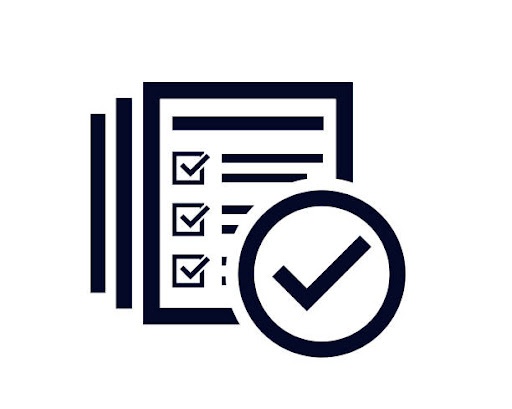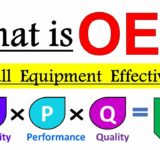Technological advancements have revolutionized every industry, and forensic document examination is no exception. The pharmaceutical industry is one such field that has benefited from the technological advances made in forensic document examination.
Forensic document examination involves analyzing and comparing handwriting, typewriting, printing, paper, ink, and other elements of a document to determine its authenticity. Forensic document examination plays a crucial role in detecting and preventing the rising trend of pharmaceutical fraud in the pharmaceutical industry. As the pharmaceutical industry grows, so does the need for forensic document evaluation. This article will explore the current developments and future of forensic document verification in the pharmaceutical industry.
Verifying Drugs and Combating Fraud
One of the most significant roles of forensic document examination in the pharmaceutical industry is verifying drug products. Packaging materials, labels, and inserts of pharmaceutical products are analyzed through forensic document examination to detect signs of counterfeiting, such as the use of fake certification marks, forged signatures, or altered expiration dates.
The advancement of technology has put the pharmaceutical industry in a better position to combat fraud in the drug supply chain. Techniques like digital watermarking, optically variable inks, and micro-printing have made it more challenging to reproduce pharmaceutical packaging materials, reducing pharmaceutical fraud.
The new technologies have enabled forensic document examiners to determine whether the drug products on the market are genuine or counterfeit, which has helped to reduce the number of victims of fake drugs. In addition to preventing the distribution of counterfeit drugs, forensic document examination can also be used to investigate other types of fraud and illegal activities in the pharmaceutical industry. For example, forensic document examiners can analyze financial documents to uncover fraud, such as embezzlement or money laundering.
Detecting Product Diversion
Forensic document verification plays a vital role in discovering product diversion in the pharmaceutical business. Pharmaceutical corporations frequently prescribe medications for a particular market. However, there are times when the items get diverted to the wrong market. Forensic document evaluation examines if medications provided to a certain market were actually intended for that market. As a result, forensic examination of documents can uncover counterfeiting, illicit imports, and product distribution.
Machine Learning and AI
Furthermore, the integration of machine learning and artificial intelligence is revolutionizing the field of forensic document services. Machine learning algorithms can quickly evaluate enormous volumes of data, helping forensic document examiners detect patterns and abnormalities. This technique may also be used to discover patterns in counterfeit papers, making it simpler to detect and prevent the dissemination of fraudulent documents.
Challenges Faced by Forensic Document Examination
The growing volume of digital documents is one of the issues that forensic document examiners in the pharmaceutical sector face. As electronic records become more common, forensic document examiners must adjust their methodologies to detect and evaluate electronic documents for document forgery. The task is to develop methods for authenticating electronic documents, such as emails and electronic medical data, and ensuring their integrity and validity.
The complexity of counterfeiters is another issue. Counterfeiters’ tactics are continually improving, making document testing of fake documents more difficult. The use of high-quality printers and modern software allows for the creation of papers that are nearly identical to the original. Forensic document examiners must continually develop new techniques and approaches to remain ahead of counterfeiters.
Despite these challenges, the future of forensic document examination in the pharmaceutical industry is bright. Advancements in technology are providing new tools and techniques to forensic document examiners. For example, using spectral imaging and other advanced imaging technologies can reveal hidden information in documents that were previously impossible to detect.
Future of Forensic Document Examination
In the pharmaceutical sector, forensic document examination’s future is fascinating and challenging. Forensic document examiners face possibilities and problems as digital technology advances and counterfeiters become more sophisticated. The innovation of technology and the developments in forensic document examination go hand in hand. It is likely that technology will continue to play an essential role in forensic document examination in the pharmaceutical industry.
Advances in machine learning and artificial intelligence can potentially automate forensic document examination to some degree, thereby reducing the turnaround time for analysis and improving efficiency. In addition, the increasing use of digital signatures and certifications may mean that forensic document verification may take on a very different form in the future as compared to now.
Conclusion
In conclusion, forensic document examination plays an integral part in combating fraud in the pharmaceutical industry. The technological revolution has improved the effectiveness of forensic document examination and is likely to continue to progress and develop. We can only hope that the developments in forensic document services will improve the safety of the drug supply chain by detecting and preventing pharmaceutical fraud of all kinds.







